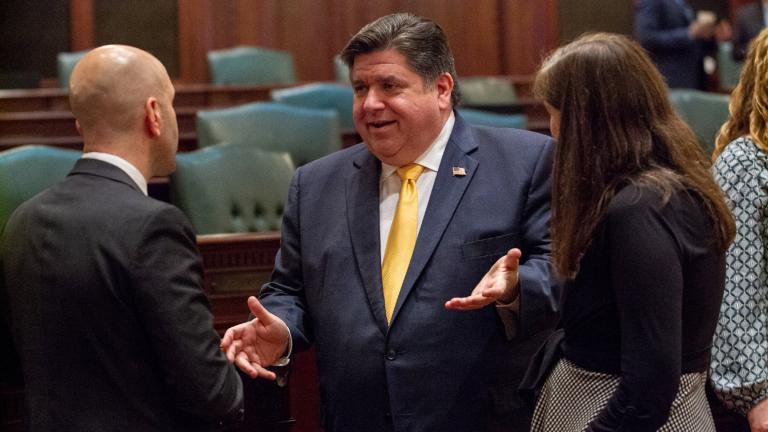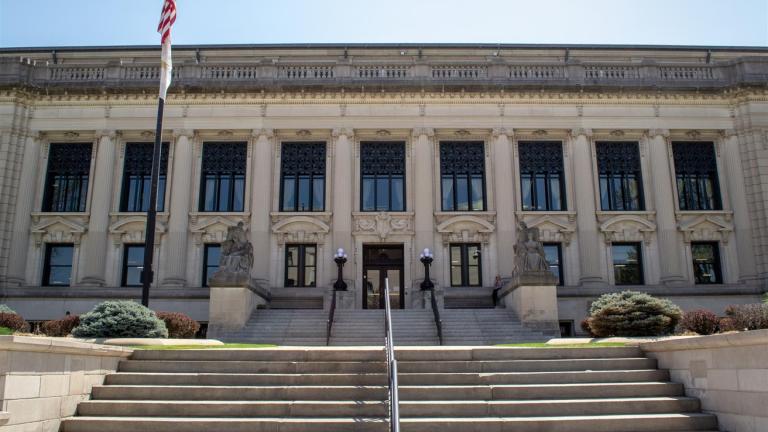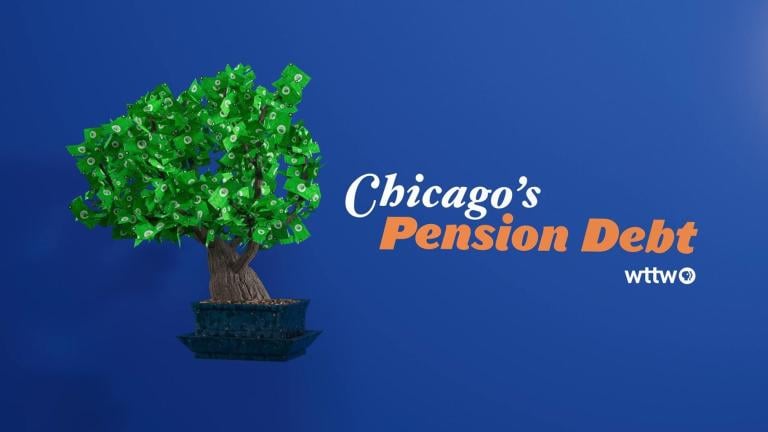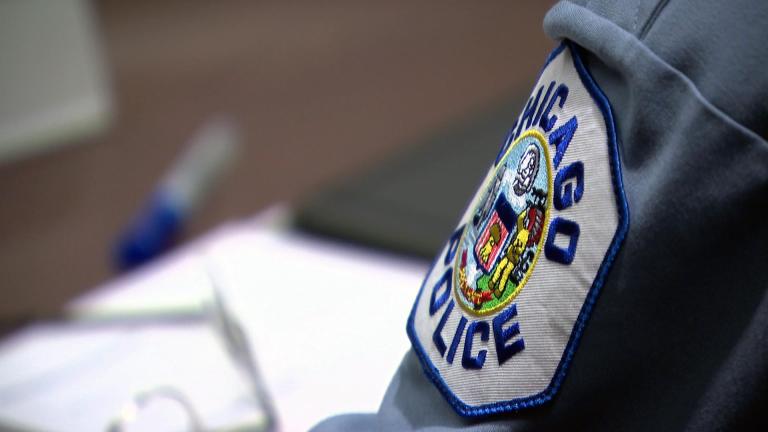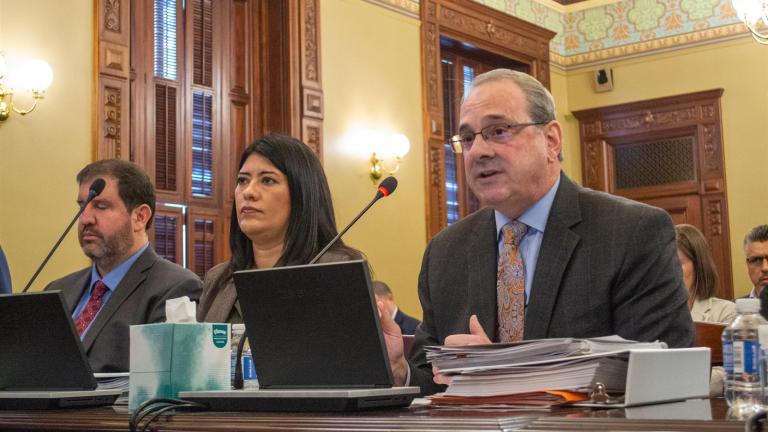The City Council next week is expected to pick up a proposal to create a penny-per-ounce tax on sugary drinks as Mayor Rahm Emanuel seeks ways to close an estimated $754 million budget gap. Ald. George Cardenas (12th Ward), the chief sponsor of the plan, says a hearing is scheduled for Sept. 9 on the proposed tax that he says could generate $134 million a year for the cash-strapped city.
Cardenas says the primary goal of the so-called “sweetened beverage tax” is to address obesity and believes that a penny-per-ounce tax could reduce soft drink consumption by as much as 23.5 percent. To give you an idea of how much the penny-per-ounce tax would play out, a 24-pack of soda has about 288 oz. in it, so the tax would add $2.88.
Cardenas’ plan also sets aside 75 percent of revenue generated from the tax for a new Wellness Fund, which would help Chicago Public Schools fund health programs, like increased physical and nutrition education, and improve social services.
"My idea was to sound the alarm on the trends that we are facing," said Ald. Cardenas. "Sixty-two percent of adults in Illinois are obese, 40 percent of those folks are African-American, about 30 percent are Hispanic – based on studies, this is based on analysis – half of African-American children will be diabetic within their lifetime, one in two Hispanic children here in Chicago, born after 2000, will also be diabetic in their lifetime."
But critics like the Illinois Retail Merchants Association say the city already has two taxes on soft drinks—a 3 percent tax on soft drink bottles and cans, and a 9 percent tax on fountain soft drinks.
Tanya Triche, vice president and general counsel for the Illinois Merchants Association, says grocery stores are already strained by the city’s newly imposed plastic bag ban and the incremental minimum wage increase.
"Customers have less dollars now to shop, and they want sugar-sweetened beverages," said Triche. "Now it's going to cost them more, and that leaves them less money to do some other things.
"More importantly, our stores that are along the borders of the city are very concerned, because customers already have a lot of reasons to bypass those stores and go into the suburbs, and this would be just one more thing that would encourage them to do that."
Watch the video for the full conversation with Cardenas and Triche about the pros and cons of the sugary beverage tax.
Researchers with the Rudd Center for Food Policy & Obesity developed a revenue calculator for taxes on sugar-sweetened beverages. The calculator produces expected revenues from a penny-per-ounce tax on sugar-sweetened beverages. The chart below shows their projections for revenue generated in Chicago this year.
| Sugar-Sweetened Beverages | Gallons per year | Tax Revenues per year |
|---|---|---|
| Soft drinks | 73,514,325 | $94,098,336 |
| Fruit drinks | 13,314,526 | $17,042,593 |
| Sports drinks | 7,263,620 | $9,297,434 |
| Ready to drink tea | 5,342,105 | $6,837,895 |
| Energy drinks | 3,915,399 | $5,011,710 |
| Flavored water | 863,485 | $1,105,261 |
| Ready to drink coffee | 509,166 | $651,732 |
| TOTAL | 104,722,626 | $134,044,961 |
Calculate how much revenue a penny-per-ounce tax on sugar-sweetened beverages would generate in other cities and states across the country. For more information on the calculator’s methodology, click here.
More than 30 states, along with Washington, D.C., impose sales taxes on soda sold in food stores, according to a 2014 study by Bridging the Gap, a research program focused on how policies and environmental factors influence diet, physical activity and obesity among youth. The study also says 39 states and Washington, D.C. impose sales taxes on soda sold in vending machines.
See a map of states that impose sales tax on soda sold in food stores.

